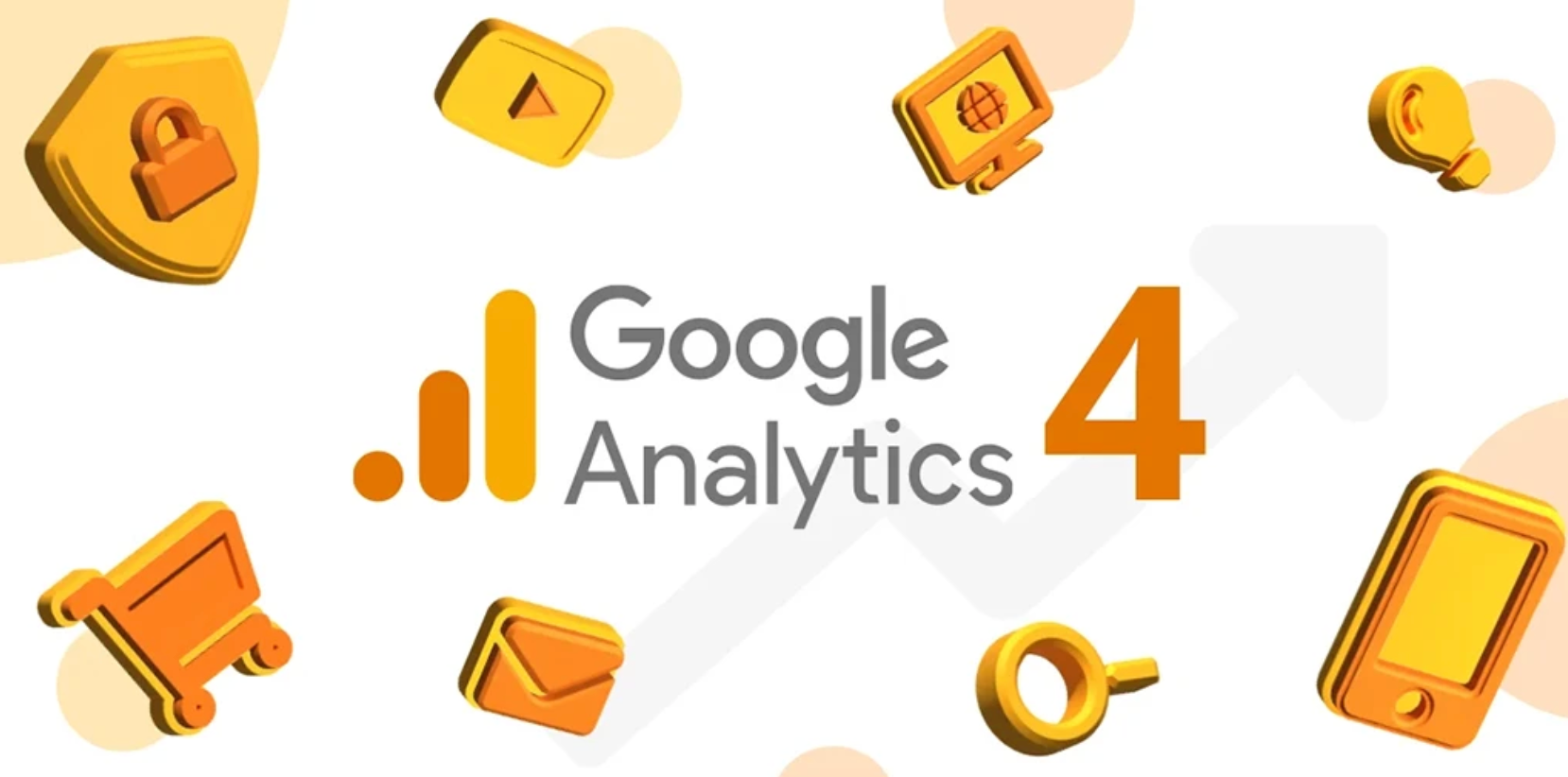Google analytics 4
Find out what Google Analytics 4 means - in online marketing. Click and learn more.
Find out what Google Analytics 4 means - in online marketing. Click and learn more.
![What is Google Analytics 4 - Definition [Marketing Dictionary]](/assets/img/dictionary-background.webp)
What is Google Analytics 4
Google Analytics 4(GA4) - is the latest version of an analytics tool from Google that provides advanced tracking and analysis of web and app data. GA4 is designed to better understand user behaviour and adapt to changing privacy laws.

Using GA4 (Google Analytics 4) requires several steps to effectively collect and analyse traffic data on the website and mobile app:
<head> section. The code can be placed using Google Tag Manager.Once GA4 is implemented, the system will start data collection, but remember that this is just the beginning. The current setup provides basic information about site traffic. However, it is worth developing and adjusting the GA4 setup to get more detailed and tailored analysis.
The main difference between new Google Analytics 4 and the previous version, Google Universal Analytics, is the approach to tracking. GA4 focuses on users and events rather than sessions and page views, allowing for more detailed analysis of user interactions. GA4 is also more flexible in terms of configuration and personalisation of data, and better able to process data from multiple platforms. Additionally, GA4 offers better integration capabilities with other Google products such as Google Ads.
Using GA4 (Google Analytics 4) is valuable for a number of reasons:
Future-oriented: GA4 is designed with future changes in privacy laws and the ever-evolving digital environment in mind, offering a long-term analytics solution.
Integrated cross-platform tracking: GA4 allows users’ actions to be tracked across devices and platforms, providing a more complete picture of their interactions with the brand.
Event-based analytics: GA4’s new data model focuses on events, allowing for more detailed and flexible analysis of customer journey.
Automatic event tracking: GA4 automatically tracks certain events without the need for additional coding, simplifying the configuration process.
Artificial intelligence and machine learning: GA4 integrates advanced AI technologies to help identify trends and generate insights.
User privacy: GA4 offers data management tools to help comply with privacy regulations such as GDPR and CCPA.
Flexibility and personalisation: GA4 allows for more advanced configuration of event tracking and parameters, which translates into the ability to tailor app data stream to specific business needs.
Integration with Google products: Improved integration with Google Ads, YouTube and other Google platforms allows for better campaign management and ad optimisation.
Life cycle reports: GA4 create reports that are customised, real-time and allow for ongoing monitoring of user activity on the site.
Long-term data storage: GA4 has no default data storage limit, allowing for long-term trend analysis.
GA4 addresses modern analytics challenges and takes web analytics a step further, providing companies with the tools they need to effectively manage data and make marketing decisions.
❤️ Spread the word! ❤️
Found this guide valuable? Share it with your colleagues to help them boost their local marketing results too!
Powered by Localo 2025